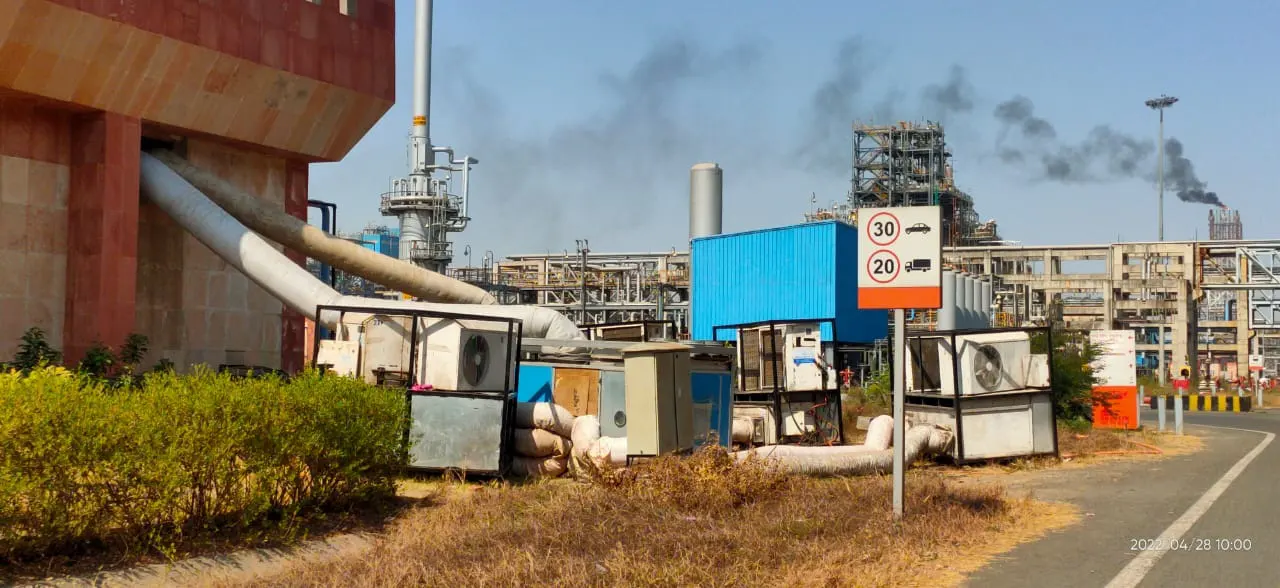Tiny Microbes Are Bringing a Revolution in the Mighty Agriculture Market
Have you ever thought how the microbes could change the economies of big agricultural companies? The faster period for development and fewer regulatory obstacles along with the increased need to minimize environmental impact boosts the microbial pesticide market growth. Microbes have stormed the conventional agriculture market. Read along to get interesting insights!
Microbial pesticides are derived from microorganisms, like bacteria, virus, or fungi, used to control other biological pests, e.g., insects. Compared to other commonly used pesticides, they are safe for both users and consumers of treated crops. These are also known as biological pathogens and bio-control agents. Industry leaders are shifting toward strategies, such as mergers and acquisitions, along with collaborations, to explore the microbial technologies that can be used in the field of agriculture, as microbes have now successfully joined the war against cop killers.
How are they changing the crop protection market dynamics?
• The toxicity of the microbial pesticides is very much species-specific, i.e., they do not directly affect the beneficial predators or parasites of pests in applied areas.
• As the product has no or very low residual effects, it can easily be applied even when a crop is almost ready to harvest.
• Records have shown that pests tend to become resistant to conventional pesticides, thus, proving that pesticides are not a long-term solution, something that never happens with the use of microbial pesticides.
• The cost of development of microbial pesticide is low compared to conventional pesticides.
A coin has two sides, so does the use of Microbial Pesticides:
The disadvantages or limitations do not hamper the successful application of microbial pesticides. A better understanding will help users choose effective products, and take necessary steps to achieve successful results.
• As the products are species-specific, each application may control only a portion of the pests present.
• Lack of consumer awareness about organic pesticides and fertilizers
Market Dynamics– A growing need for sustainable agriculture.
North America is the largest market for it. However, the increasing demand in the developing markets, such as Asia-Pacific and Latin America, is expected to provide further growth opportunity and the growing potential of microbial pesticide. In the European Union, the systematic review of chemical pesticides that thinned approved products list from about 1,000 to 300, effectively instigated research into alternative products with new modes of action. The potential for microbial pesticides is expected to have a significant impact on the industry, going forward.
Of the total microbial crop protection products, bacterial-based products occupy the largest share of 60%, followed by fungi, virus, and others. To date, only a small percentage of species have been considered for microbial usage. Many potential microbes remain undiscovered. The global microbial crop protection scenario suggests that almost 322 Bt-based products occupy more than 53% of the market, while almost 50% of these products are consumed in America, particularly in the United States and Canada.
Future of the Market: Increasing health consciousness among people has created a demand for organic food. This indicates huge scope for growth of the bio-pesticides market. The stress on organic farming and on residue free commodities would certainly warrant increased adoption of microbial pesticides by farmers.







